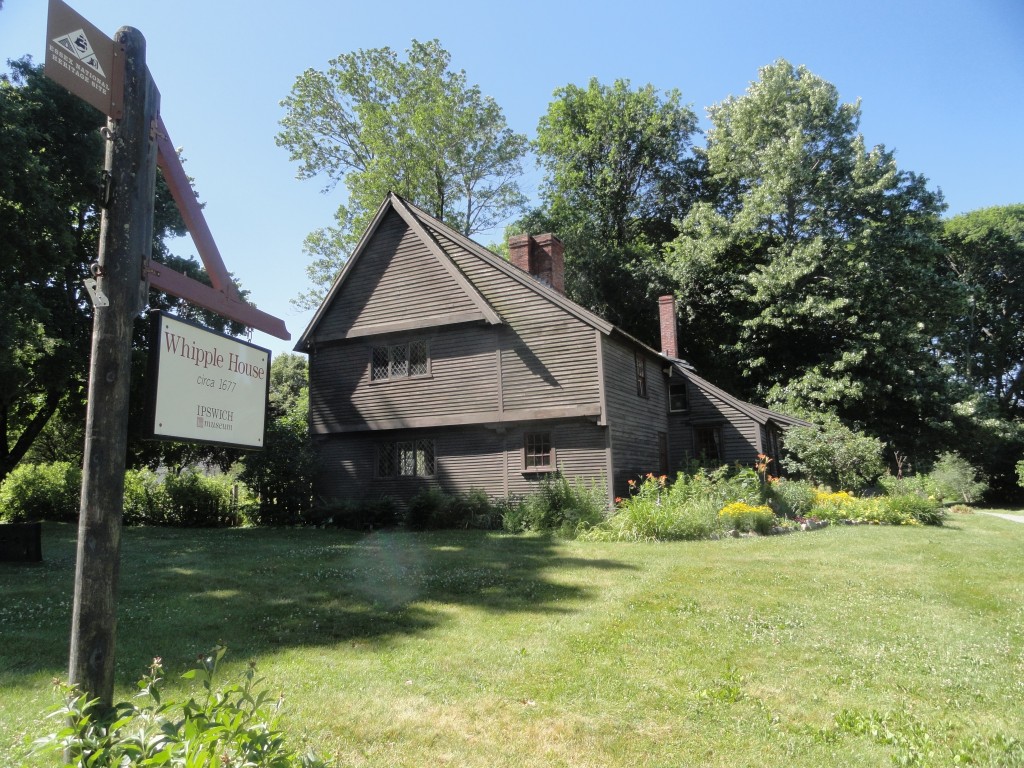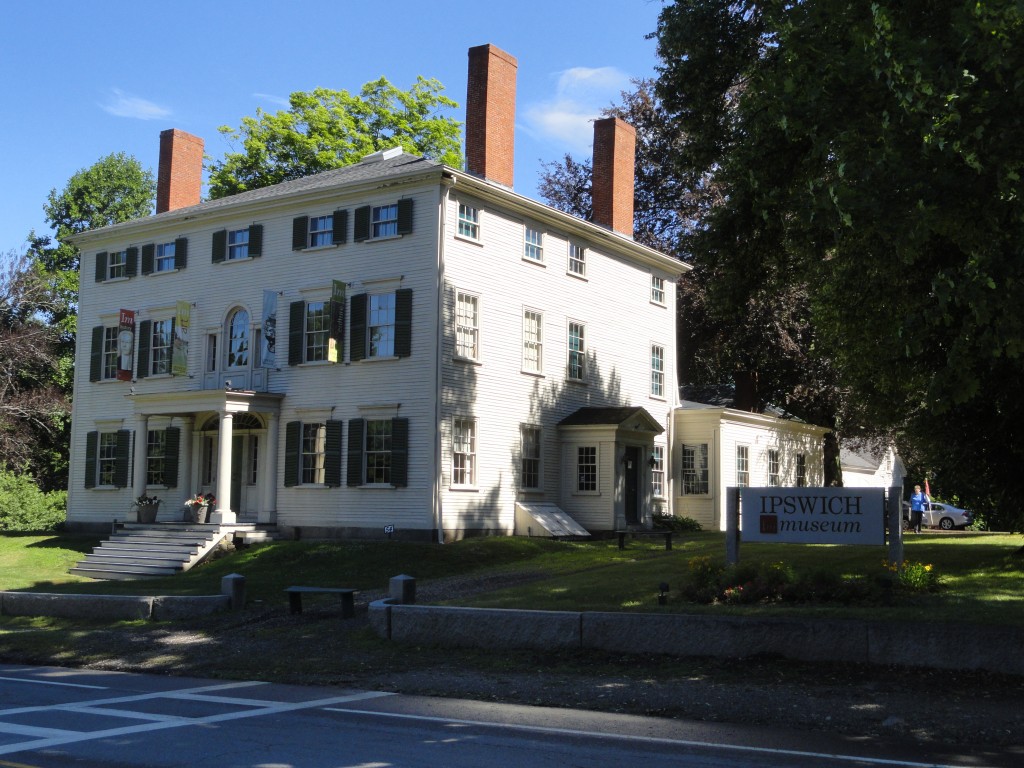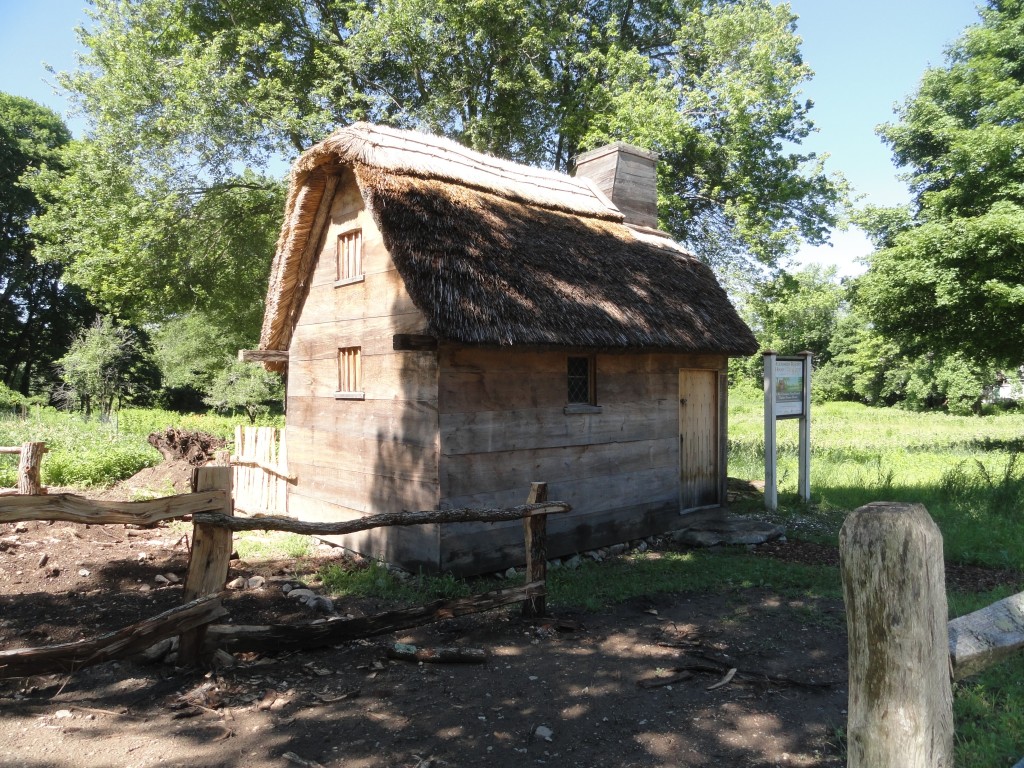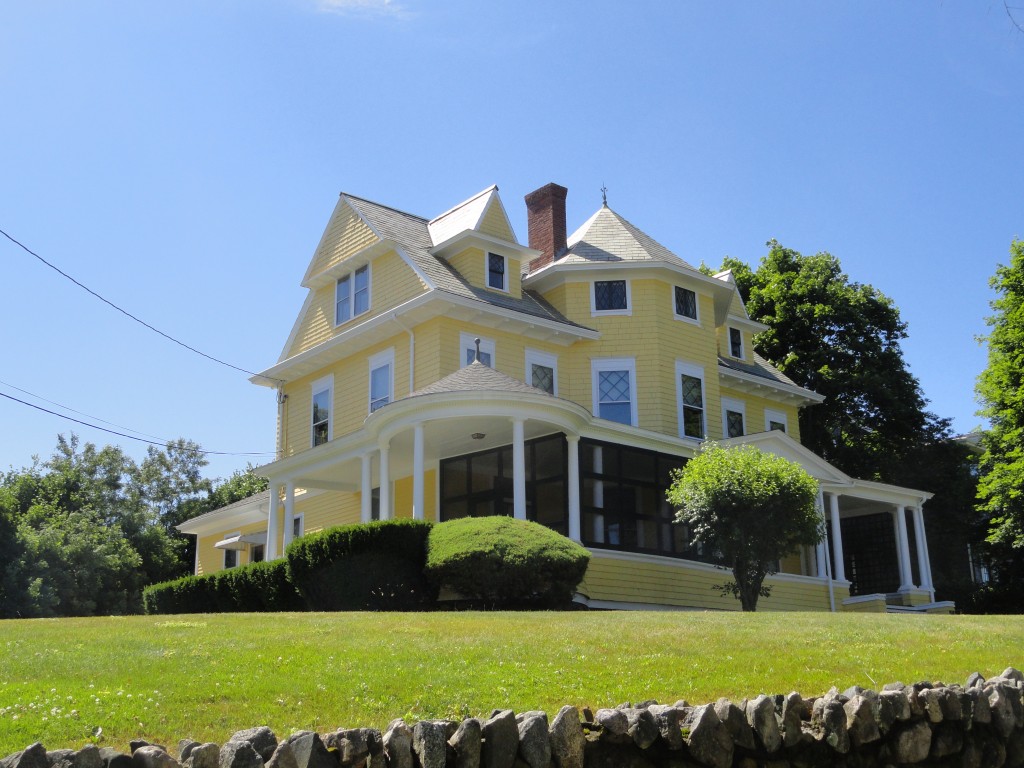It’s a busy week of writing – I’m working on articles for the Lincoln Group of DC newsletter, for Tesla Magazine, and for the Smithsonian Civil War Studies website. Amidst all of this I’m out science traveling. More on that in the future. Which gets me to a quick visit in Ipswich.
I previewed my most recent trip to my hometown in Massachusetts in this article. More articles are here (click and scroll down). The talk on Nikola Tesla I gave at the Ipswich Museum is here.
Ipswich is the “Birthplace of American Independence,” the home of the famous Ipswich clam (aka, steamers), the Clam Box, Crane Beach, and “The Castle.” It’s also home to more first period houses than any other place in the United States. In short, it’s pretty cool.
Some of the more famous houses include the Whipple House:

The John Heard House (now home to the Ipswich Museum), typical of the wealthier folks in town:

Directly across the street from the Heard House is a reconstruction of a simple timber frame structure called the Alexander Knight House, circa 1657. This was the kind of house that most families lived in during early Ipswich days (incorporated 1634):

And then there is this yellow house. I actually don’t know much about it even though it has stood on this prominent rise overlooking the main downtown area for my entire life. I’ll dig up more information for a later post.

There is much more to Ipswich than these glimpses. I’ll write more later but for starters you can check out the Stories from Ipswich blog by Historian Gordon Harris.
And don’t forget – if you downloaded my e-book, Nikola Tesla: Renewable Energy Ahead of Its Time, please leave a rating and review.
Come back on Thursday for more science traveling from Argentina. I’ll also post from the road as internet connection allows.
David J. Kent is an avid traveler and is currently working on a book about Abraham Lincoln’s interest in science and technology. He is also the author of Tesla: The Wizard of Electricity and an ebook, Nikola Tesla: Renewable Energy Ahead of Its Time.










